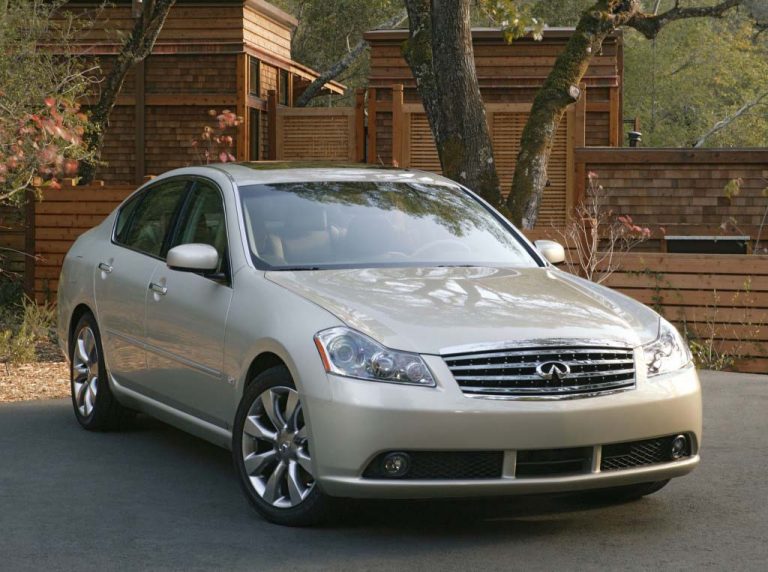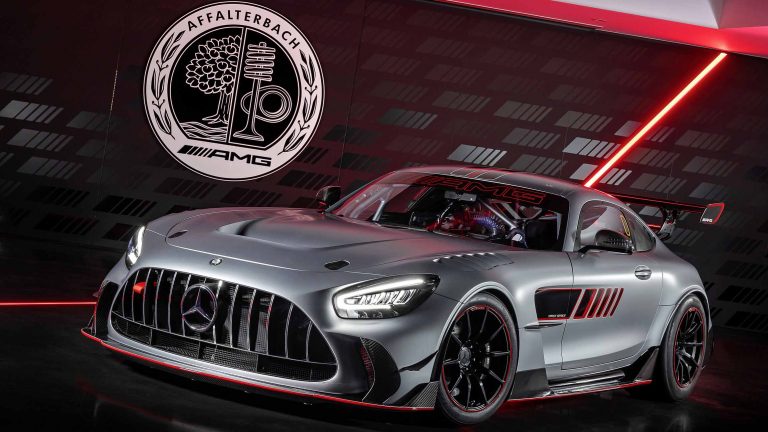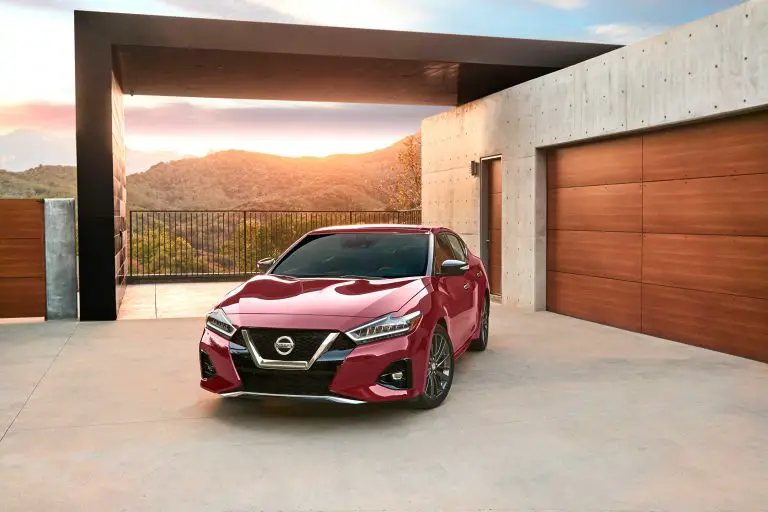What Is A GSR Engine? (Answered)
There is a good chance that you are somewhat familiar with the term GSR, even if you aren’t one hundred percent sure you know what it is. The term GSR gets thrown around a little more than it perhaps should as there is sometimes a misconception about GSR meaning something more akin to demonstrating that a car is sporty.
But actually, GSR references the engine and how it functions. This quick and punchy blog post will cover everything you need to know about what the GSR engine is as well as how it stacks up to other Honda favorites such as the LS. There are even some interesting comparisons between the US and JDM models that you might not have been aware of before. Let’s get into it.
What Does The GSR In GSR Engine Stand For?
The term GSR, or commonly GS-R, stands for Grand Sport Racing and is a name prescribed to Honda Integra’s that have a little more “oomph” to them than previous Integra’s. Honda has a proud history of creating excellent front-wheel drive cars that utilize similarly impressive mechanical engineering.
In a similar vein they have produced the RS, GS, SE, and of course the LS. The GSR is designed to be the top of the top. Honda doesn’t use the term Grand Sport Racing as freely or with as much blasé attitude as many people might think.
What Is A GSR Engine?
A GSR engine is a 1.8-liter four-cylinder DOHC VTEC engine. The GSR is a four-cylinder engine with a fierce bite. For the late 90s or early 2000s ride being able to produce 190 brake horsepower as standard is pretty impressive yet the GSR manages this easily.
The GSR may not have necessarily been designed with racing in mind so much as being a sportier Integra than had previously been available. The GSR engine produces 128 lb-ft of torque which means not only is it quick but it is punchy. The Honda Integra GSR itself also comes with a rear spoiler as standard as well as a 6-speaker stereo system and moon roof. What else could you want or need?
Is A GSR Engine The Same As A B18 Engine?
The GSR engine is actually a 1.8-liter B18C1. So, yeah it is technically a B18 engine which already is a pretty solid feat of engineering. However, the B18C1 is entirely exclusive to the GSR. It is often commonplace for Honda to create an engine for a specific model of car and then reuse it again at a later date.
However, in this case, the B18C1 is only used in the GSR. However, if you go one step back to the B18C that is used in a variety of Integra’s from 1995 until 1999. Specifically, the SiR. Naturally, since it is intended to be a sportier engine.
What Is The Difference Between LS Engines And GSR Engines?
The LS engine and GSR engine are regularly put up against each other head to head and it is easy to see why. They come from around a similar time and are in “competing” vehicles. The GSR is a B18 engine (technically) whereas the LS uses a B20.
The LS engine head, block, and lubing systems are not all factory worked so there is a lack of consistency compared to the GSR, which is. Additionally, the LS uses an external oil pressure line. Which again, the GSR simply does not do.
Which Is Better A GSR Engine Or An LS Engine?
You may assume that given we are here talking about GSR engines, not LS engines the GSR will come out on top. And you’d be right. The GSR does far better in so many different areas. First of all, it manages to produce more horsepower and greater torque with a slightly smaller engine. It has far more efficient mileage compared to the LS which basically means you get the best of both worlds.
This is not something you often hear with cars (and it actually is true not just a marketing gimmick). Additionally, the above differences (if you couldn’t tell already) painted a pretty clear picture that the GSR has a lot more love and attention to detail involved in the manufacturing process. As well as consistency. The GSR is more reliable.
Is There A Difference Between A USDM GSR Engine And A JDM GSR Engine?
The GSR is one of many Honda engines to have two different variations. One for Japan (and sometimes Europe) and one for the US market. In this case, there is a pretty sizeable difference. The USDM GSR is a B18C1 while the JDM GSR is a plain old B18C. Now, we just discussed how the B18C1 is better than the B18C.
Is this an outlier example of the Japanese market having the lesser of the two vehicles with its US counterparts? No. The JDM GSR has less stringent regulations than the US which means it is slightly less fuel and environmentally efficient. But you get 20 more brake horsepower. Is it worth it? Japan says yes.
Which Is Better The USDM GSR Engine Or The JDM GSR Engine?
They are super comparable and actually, you likely wouldn’t really know the difference if you were to swap between one or the other. The US GSR is more efficient and therefore cheaper to maintain. The Japanese GSR is a tiny bit faster.
However, there are plenty of ways you can reclaim an extra 20 horsepower from the USDM GSR. If twenty horses are something that is of great importance to you.
Conclusion
Hopefully, you now have a great understanding of what exactly a GSR engine is and why it is so popular. The Integra has always been incredibly in demand and you need a little more evidence to explain why the GSR was at the front of the pack.
If you were lucky enough to own a GSR around the time they came out you will be well aware of how much of a head-turner they were for members of the Honda community. Now, they are a little more common which only means they are easier to find and cheaper to buy. For a 20-year-old car they have held up exceedingly well and if you can find one in good condition with less than 100k miles you ought to consider it a steal.






